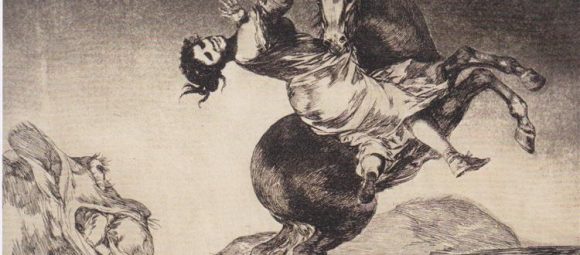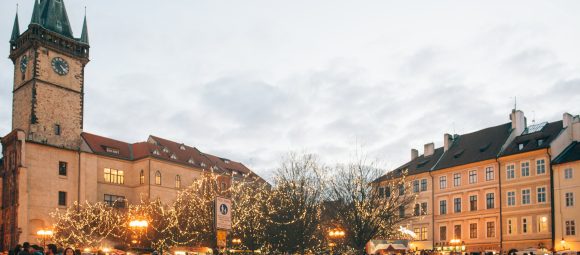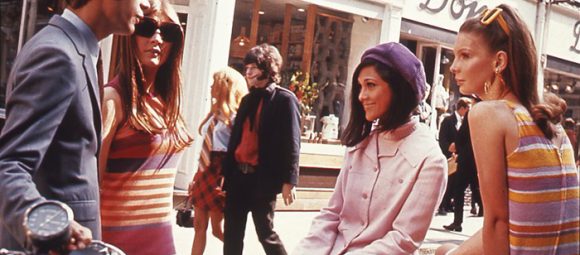The Forgotten Artists of the Belle Époque: Rediscovering an Age of Elegance and Experiment
The Belle Époque — the “Beautiful Era” — is often remembered through the shimmering brushstrokes of Claude Monet, the vibrant posters of Henri de Toulouse-Lautrec, or the delicate sculptures of Auguste Rodin. Between 1870 and the outbreak of World War I, Europe basked in optimism, technological progress, and a flourishing of the arts. Cafés hummed with conversation, cabarets pulsed with music, and art salons unveiled visions of the modern world.
But while some names became immortal, many remarkable artists of the period slipped quietly into obscurity. Their works, once celebrated in salons and private collections, now rest in museum storage rooms or grace the walls of only the most discerning collectors. Today, they are being rediscovered — and deserve a second glance.
Giovanni Boldini (1842–1931): The Master of Movement
Born in Ferrara, Italy, Boldini became one of Paris’s most sought-after society portraitists. His dynamic brushwork captured the energy of fashionable women in swirling gowns, earning him comparisons to Sargent and Whistler. Though admired in his lifetime, his fame dimmed after his death — only recently has the art world embraced his portraits again, often seeing them as the visual embodiment of the Belle Époque’s elegance.
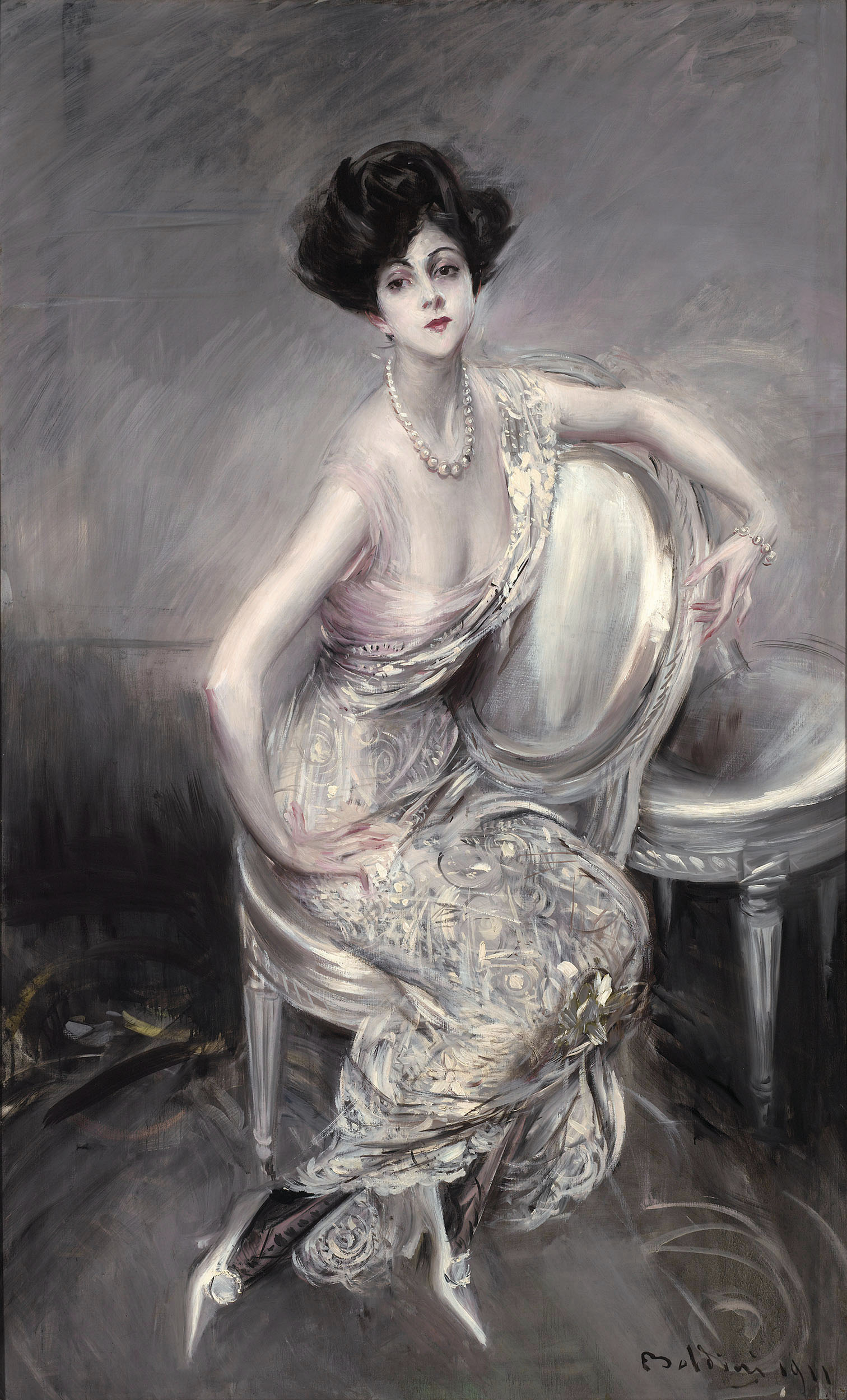
Portrait of Rita de Acosta Lydig (1911) – Giovanni Boldini
Louise Abbéma (1853–1927): The Painter of Parisian Light
A celebrated female artist in a male-dominated art world, Abbéma painted portraits, garden scenes, and decorative panels that adorned Paris’s grand homes. A close friend of actress Sarah Bernhardt, she often portrayed her in luminous detail. Abbéma was also a trailblazer: her success challenged the period’s gender norms, though her name faded from public memory in the 20th century.
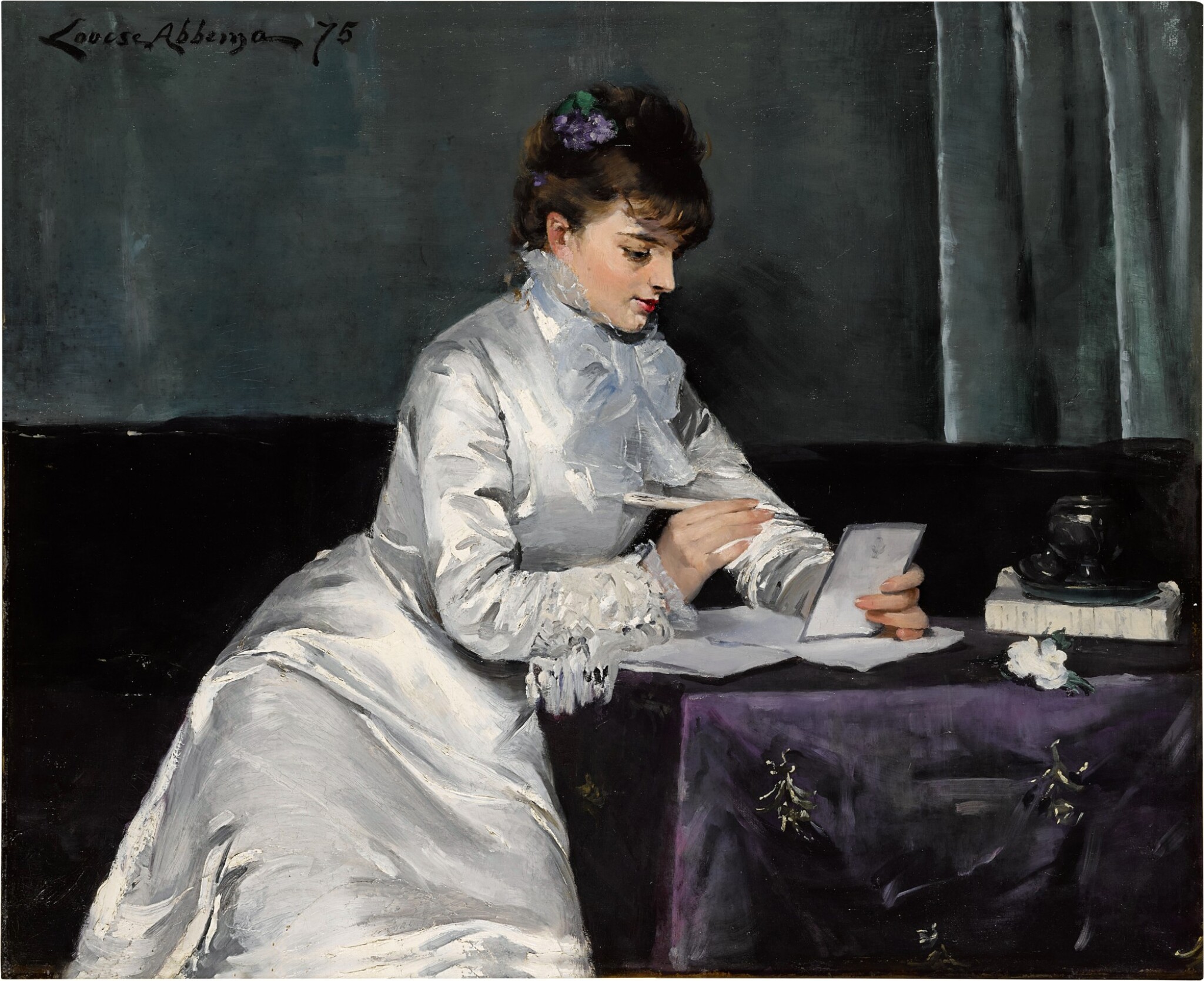
Renée Delmas de Pont-Jest (1875) – Louise Abbéma
Jean Béraud (1849–1935): The Flâneur with a Paintbrush
Béraud’s paintings are a love letter to Paris — bustling boulevards, fashionable pedestrians, and intimate café scenes. His works bridge realism and impressionism, offering a social diary of the city’s golden years. While Monet painted gardens and Degas painted dancers, Béraud painted Parisians themselves, making him an invaluable chronicler of the Belle Époque.
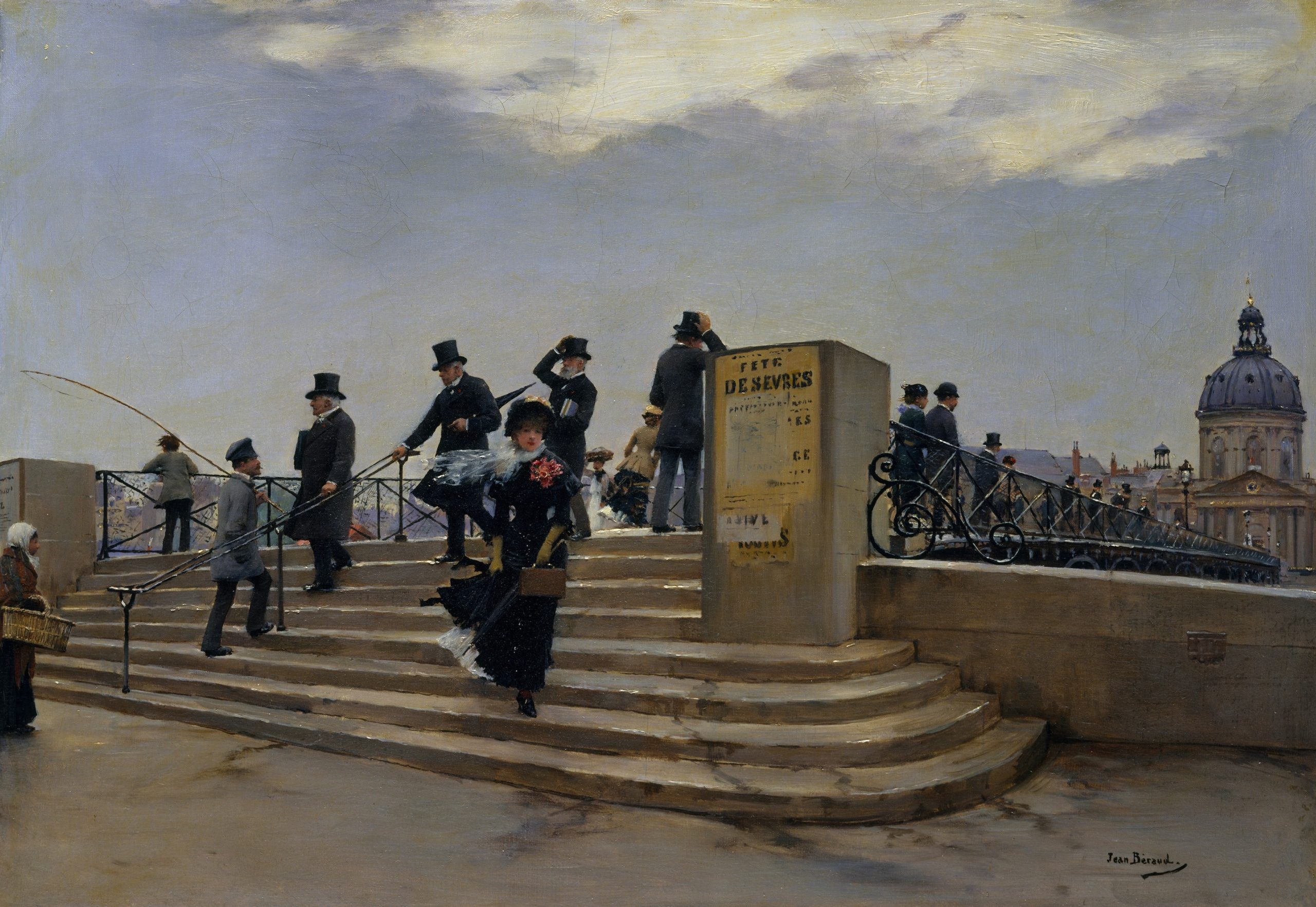
A Windy Day on the Pont des Arts – Jean Béraud
Alfred Roll (1846–1919): From Realism to Republicanism
Roll began with somber, realist depictions of working-class life before becoming an official painter of the French Third Republic. His monumental canvases celebrated public ceremonies, scientific progress, and the dignity of labor. Hugely popular in his time, Roll’s political ties and formal style later pushed him out of fashion — yet his works remain historical treasures.
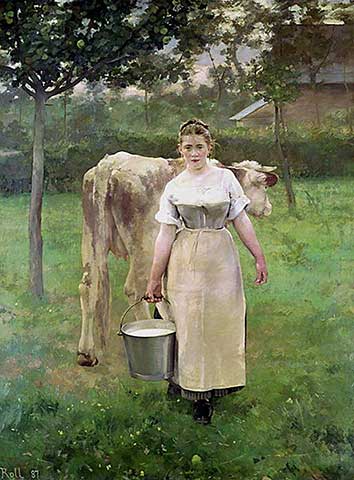
Roll Milk – Alfred Philippe
Paul César Helleu (1859–1927): Etcher of Elegance
Helleu’s drypoint etchings and portraits, often of women in sumptuous hats, defined Parisian refinement. A friend of John Singer Sargent and James McNeill Whistler, Helleu was part of the elite artistic circle, yet his name is now little known outside connoisseur circles. Interestingly, he designed the starry ceiling of New York’s Grand Central Terminal — a Belle Époque touch in the heart of Manhattan.
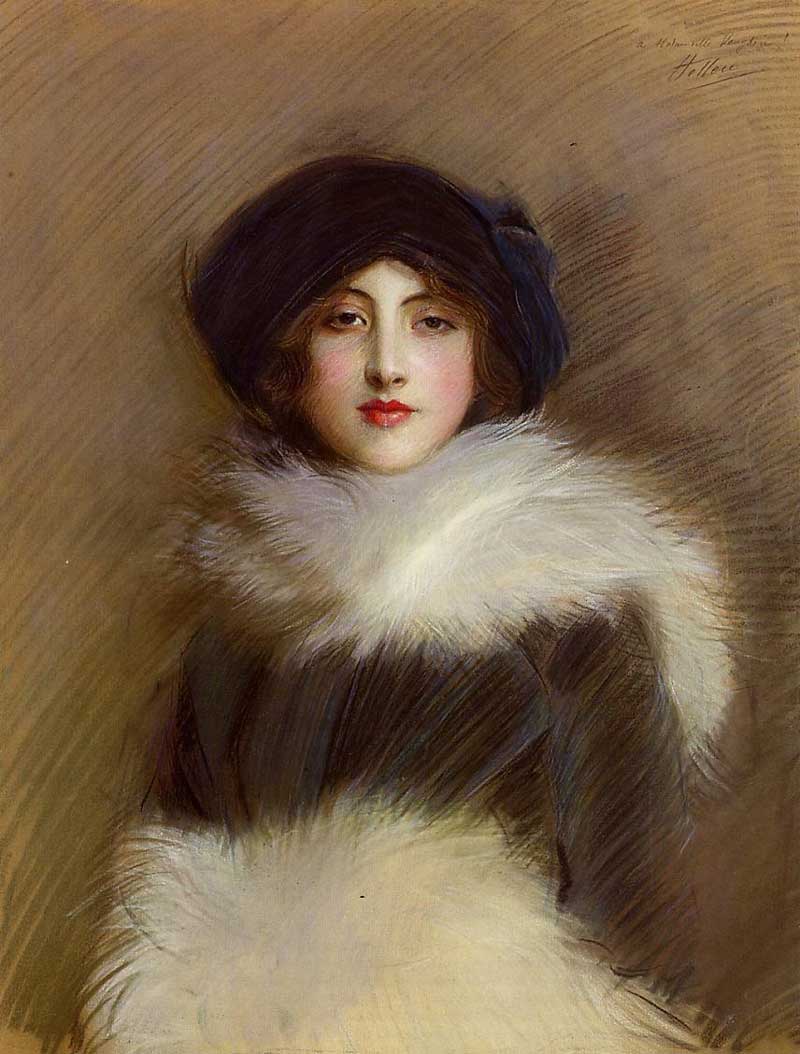
Mademoiselle Vaughan (1905) – Paul César Helleu
Why Were They Forgotten?
The Belle Époque ended abruptly in 1914, and the horrors of World War I ushered in a radically different cultural mood. Avant-garde movements like Dada, Surrealism, and Cubism dismissed the elegance and ornament of the previous era. Many artists whose work embodied grace, glamour, and realism were seen as old-fashioned — their reputations eclipsed by modernist revolutionaries.
A Rediscovery in Progress
Today, the art market and museums are breathing new life into these forgotten names. Exhibitions dedicated to Boldini and Abbéma draw crowds; Béraud’s Paris scenes find eager buyers; and Helleu’s prints are coveted by collectors. Their works remind us that the Belle Époque was not only about a few famous masters but about a vast, rich tapestry of creativity.
To walk through the world of these artists is to stroll once more along the grand boulevards of pre-war Paris, under the glow of electric lights, with the hum of carriages and the murmur of café conversations in the air.

